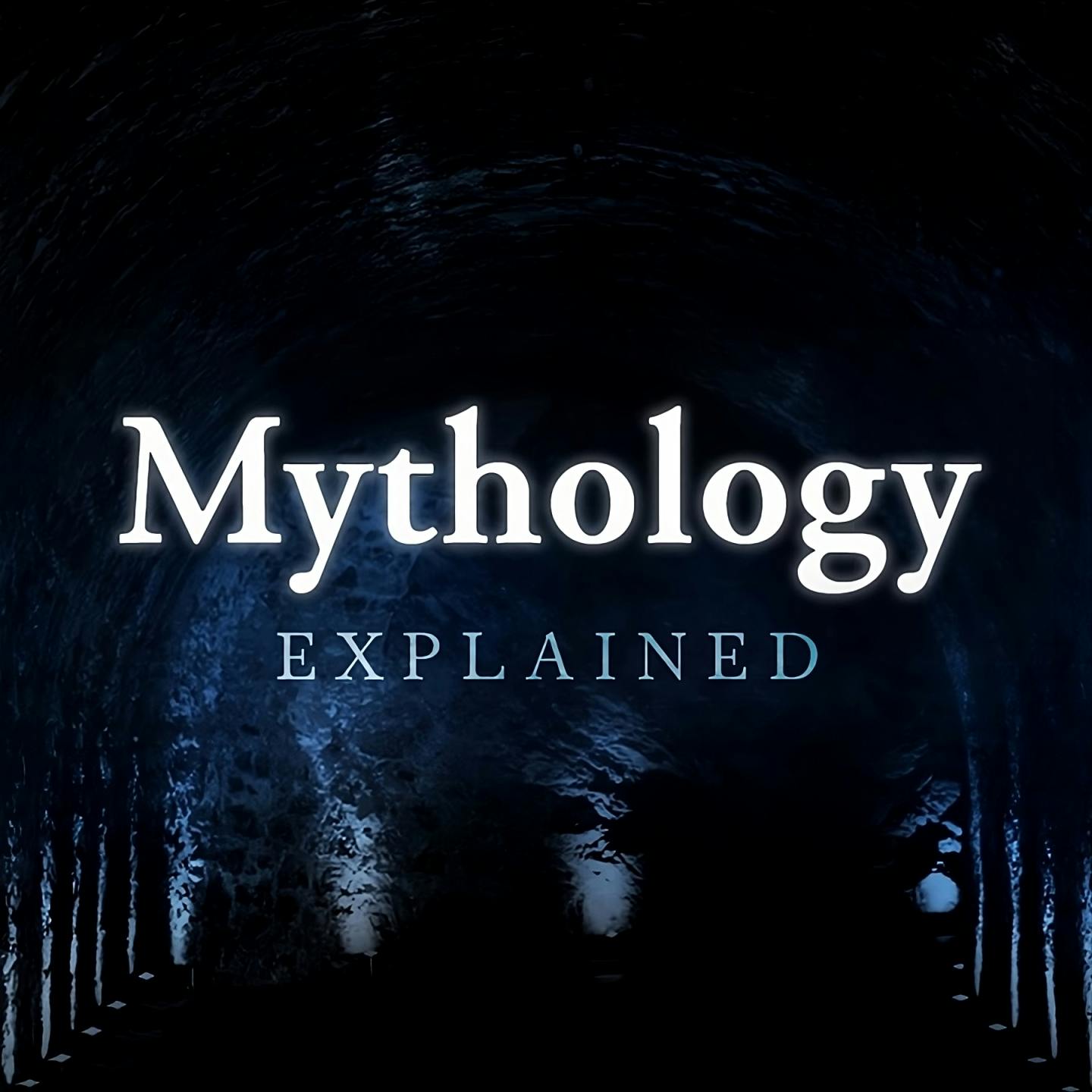
The Dark and Ancient God of the Dead

Mythology Explained
Shownotes Transcript
Hey everyone, welcome to Mythology Explained. In today's video, we're going to discuss Anubis, the jackal-headed god, the chthonic patron of embalming and mummification, the shepherd of souls, the original god of the dead (before the cult of Osiris rose to prominence and displaced him from this role), and the fastidious tinkerer who ensured the scales of judgment accurately weighed the hearts of the deceased, a process that either catapulted people to paradise or condemned them to oblivion.Alright, let's get into it.Anubis is perhaps most recognized for his distinct depiction as a black jackal or as a man with a black jackal head. The color black held symbolic importance in ancient Egypt, associated with the fertile silt of the Nile and, by extension, rebirth and resurrection - both of these themes of paramount importance to Anubis' role as a funerary god.The jackal, specifically the African golden jackal (now reclassified as the African wolf), was chosen to represent Anubis due to its common presence in the necropolises and desert margins, where people were often buried, around ancient Egyptian settlements. The scavenging nature of jackals led them to unearth human remains, which likely influenced their association with death and the afterlife. Thus, Anubis, in the form of a jackal, was seen as the protector of graves and cemeteries.There are two main traditions regarding Anubis' parentage. The most well-known, found in Plutarch's "Isis and Osiris", states that Anubis is the illegitimate child of Osiris and Nephthys. Nephthys, married to Set, bearing the dark god no children and thus thought barren, disguised herself as Isis to seduce Osiris, resulting in her becoming pregnant with Anubis. In other sources, like the Pyramid Texts, Anubis is considered the son of Ra, the sun god.